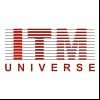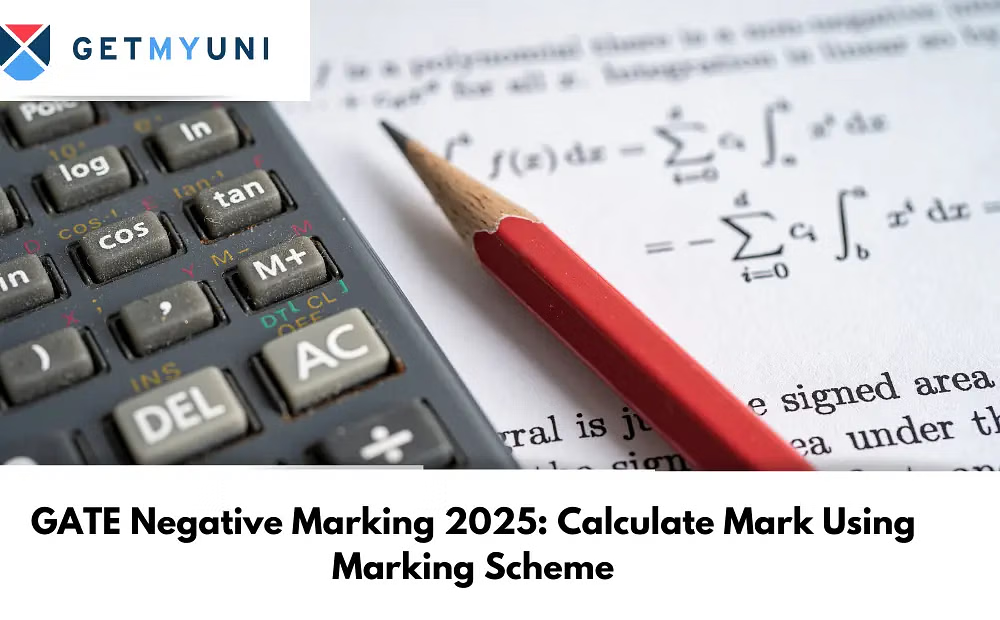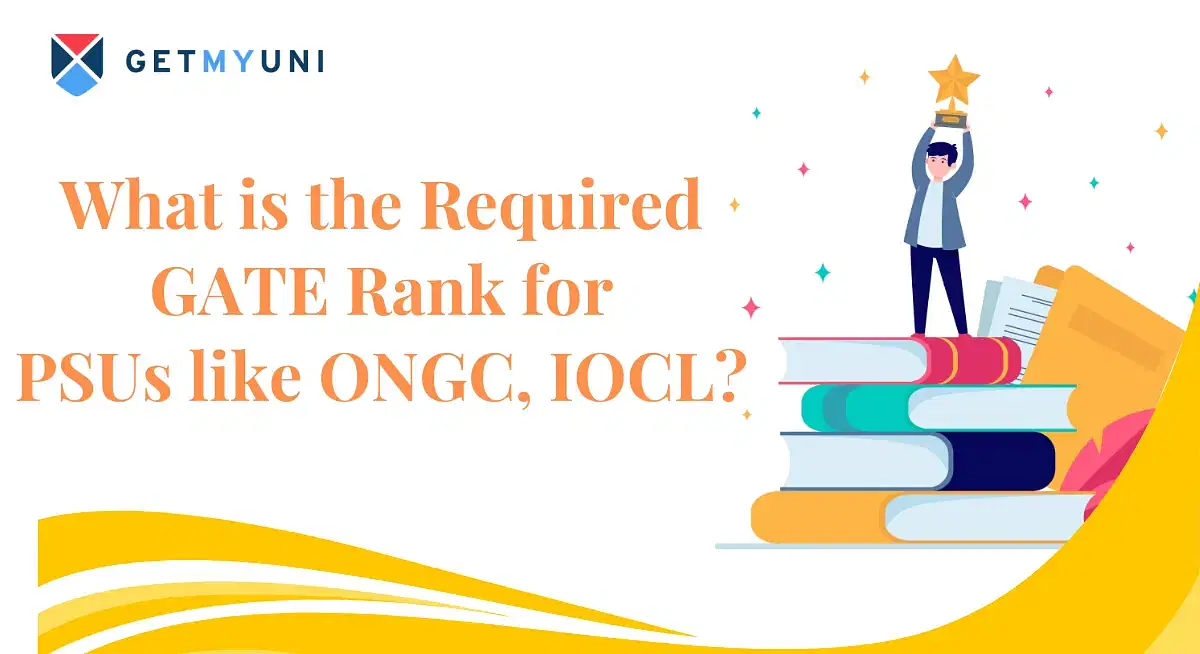GATE Aerospace Engineering Syllabus 2025 comprises six sections: Engineering Mathematics, Flight Mechanics, Space Dynamics, Aerodynamics, Structures and Propulsion. The GATE syllabus and test papers 2025 has been released on the official website for all the papers.
GATE Aerospace Engineering syllabus 2025 has six sections. The GATE Syllabus for Aerospace Engineering and its subject topics are divided into Core topics and Special topics. 90% of the questions will be covered from the Core Topics and the remaining 10% will be from the special topics. Along with this, candidates are also suggested to practice GATE previous year question papers.
The GATE 2025 exam will be conducted by IIT Roorkee as a computer-based test for a total of 30 test papers. The exam is scheduled to be conducted on Feb 1,2,15 and 16, 2025 in two sessions for 3 hours.
GATE Aerospace Engineering Syllabus 2025
The GATE Aerospace syllabus is divided into six parts:
- Engineering Mathematics
- Flight Mechanics
- Space Dynamics
- Aerodynamics
- Structures
- Propulsion
Also Check: GATE Marks vs Rank
Section 1: Engineering Mathematics
The following are the various topics and sub-topics to be covered in the Engineering Mathematics section.
Linear Algebra
- Vector algebra
- Matrix algebra
- Systems of linear equations
- Rank of a matrix
- Eigenvalues and eigenvectors
Calculus
- Functions of single variable
- Limits
- Continuity and differentiability
- Mean value theorem
- Chain rule
- Partial derivatives
- Maxima and minima
- Gradient
- Divergence and curl
- Directional derivatives. Integration
- Line
- Surface and volume integrals. Theorems of Stokes
- Gauss and Green.
Also Check: GATE Qualifying Marks 2025
Differential Equations
- First-order linear and nonlinear differential equations
- Higher-order linear odes with constant coefficients. Partial differential equations and separation of variables methods.
Special Topics
- Fourier series
- Laplace transforms
- Numerical methods for linear and nonlinear algebraic equations
- Numerical integration and differentiation
Also Check: GATE Score Calculator 2025
Section 2: Flight Mechanics
The following are the various topics and sub-topics to be covered in the Flight Mechanics Section.
Basics
- Atmosphere: Properties, standard atmosphere
- Classification of aircraft
- Aeroplane (fixed-wing aircraft) configuration and various parts
Aeroplane performance
- Pressure altitude( Equivalent, Calibrated, Indicated, Air Speeds)
- Primary flight instruments: Altimeter, ASI, VSI
- Turn-bank indicator
- Drag polar
- Takeoff and landing
- Steady climb & descent, absolute and service ceiling
- Cruise, cruise climb, endurance or loiter
- Load factor, turning flight, V-n diagram
- Winds: head, tail & crosswinds
Also Check: GATE Negative Marking 2025
Static stability
- The angle of attack, sideslip
- Roll, pitch & yaw controls
- Longitudinal stick fixed & free stability, horizontal tail position and size
- Directional stability, vertical tail position and size
- Dihedral stability
- Wing dihedral, sweep & position
- Hinge moments, stick forces
Special topics
- Dynamic stability: Euler angles
- Equations of motion
- Aerodynamic forces and moments
- Stability & control derivatives
- decoupling of longitudinal and lateral-directional dynamics
- Longitudinal modes
- Lateral-directional modes
Also Check: GATE Syllabus for Mechanical Engineering
Section 3: Space Dynamics
The following are the various topics and sub-topics to be covered in the Space Dynamics Section.
Core Topics
- Central force motion
- Determination of trajectory
- Orbital period in simple cases
Section 4: Aerodynamics
The following are the various topics and sub-topics to be covered in the Aerodynamics Section.
Basic Fluid Mechanics
- Conservation laws: Mass, momentum, (Integral and differential form)
- Potential flow theory: Sources, Sinks, Doublets
- Line vortex and their superposition
- Viscosity, Reynolds number
Also Check: GATE Syllabus for Life Science
Airfoils and wings
- Airfoil nomenclature
- Aerodynamic coefficients: lift, drag and moment
- Kutta-Joukoswki theorem
- Thin airfoil theory, Kutta condition, starting vortex
- Finite wing theory: Induced drag, Prandtl lifting line theory
- Critical and drag divergence Mach number.
Compressible Flows
- Basic concepts of compressibility, Conservation equations
- One dimensional compressible flows, Fanno flow, Rayleigh flow
- Isentropic flows
- Normal and oblique shocks, Prandtl-Meyer flow
- Flow-through nozzles and diffusers.
Special topics
- Elementary ideas of viscous flows including boundary layers
- Wind Tunnel Testing: Measurement and visualization techniques.
Also Check: GATE Syllabus for Engineering Science
Section 5: Structures
The following are the various topics and sub-topics to be covered in the Structures Section.
Strength of Materials
- States of stress and strain
- Stress and strain transformation
- Mohr's Circle
- Principal stresses
- Three-dimensional Hooke's law
- Plane stress and strain
- Failure theories: Maximum stress, Tresca, Von Mises
- Strain energy
- Castigliano's principles
- Analysis of statically determinate and indeterminate trusses and beams
- Elastic flexural buckling of columns
Flight vehicle structures
- Characteristics of aircraft structures and materials
- Torsion, bending and flexural shear of thin-walled sections
- Loads on aircraft
Also Check: GATE Syllabus for Production Engineering
Structural Dynamics
- Free and forced vibrations of undamped and damped SDOF systems
- Free vibrations of undamped 2-DOF systems
Special topics
- Vibration of beams
- Theory of elasticity: Equilibrium and compatibility equations
- Airy’s stress function
Also Check: GATE Syllabus for Mining
Section 6: Propulsion
The following are the various topics and sub-topics to be covered in the Propulsion Section.
Basics
- Thermodynamics
- Boundary layers
- Heat transfer
- Combustion thermochemistry
Thermodynamics of aircraft engines
- Thrust, efficiency and engine performance of turbojet
- Turboprop, turboshaft, turbofan and ramjet engines
- Thrust augmentation of turbojets and turbofan engines
- Aerothermodynamics of non-rotating propulsion components such as intakes, combustor and nozzle.
Also Check: GATE Syllabus for Civil Engineering
Axial compressors
- Angular momentum, work and compression
- Characteristic performance of a single axial compressor stage
- Efficiency of the compressor
- Degree of reaction
Axial turbines
- Axial turbine stage efficiency
Centrifugal compressor
- Centrifugal compressor stage dynamics, inducer, impeller and diffuser.
Rocket propulsion
- Thrust equation and specific impulse
- Vehicle acceleration, drag, gravity losses,
- Multi-staging of rockets
- Classification of chemical rockets
- Performance of solid and liquid propellant rockets
Also Check: GATE Syllabus for Engineering Mathematics
GATE Aerospace Engineering Exam Pattern and Marking Scheme 2025
The GATE Aerospace Engineering Exam will consist of questions from the subject of General Aptitude, Engineering Mathematics and Subject-specific i.e. questions from Aerospace engineering subject.
The paper will have 85% of questions from Aerospace Engineering and Engineering Mathematics topics. The remaining 15% of questions will be from General Aptitude. Candidates are required to attempt 65 questions. The time allocated is 3 HRs.
The following table explains the Marks Weightage for GATE Aerospace Engineering Exam in further detail:
| Marks Weightage for GATE AE Exam | |||
| Section | Number of Questions | Total Marks | Marking Scheme |
| General Aptitude (GA) | 10 | 15 | 5 MCQ’s for 1 mark each5 MCQ’s for 2 marks each |
| Engineering Mathematics | 55 | 13 | 25 Questions for 1 mark each 30 Questions for 2 marks each |
| Aerospace Engineering (AE) | 72 | ||
Also Check: GATE Syllabus for Petroleum Engineering
GATE Aerospace Engineering Reference Books 2025
GATE books are available in the market for the GATE AE preparation. However, the following table contains the section-wise reference books for GATE Aerospace Engineering 2025:
| Section | Books with the Name of Author/Publisher |
| Engineering Mathematics | Made Easy Engineering Mathematics - For GATE & ESE 2025 |
| GATE Engineering Mathematics by R K Kanodia | |
| Flight Mechanics | Introduction to Flight - John D. Anderson, Jr. |
| Airplane Performance, Stability and Control By Courtland D. Perkins and Robert E. Hage | |
| Space Dynamics | Rocket Propulsion and Space Dynamics by J. W. Cornelisse, H. F. R. Schöyer, K. F. Wakker |
| Aerodynamics | Aerodynamics for Engineering Students, By Edward Lewis Houghton and P. W. Carpenter |
| Fundamentals of Aerodynamics - John D, Anderson, Jr. | |
| Structures | A Textbook of Strength of Materials - RK Bansal |
| Propulsion | Mechanics and Thermodynamics of Propulsion - Hill & Peterson |
| Gas Turbines - V Ganesan |
Also Check: GATE Syllabus for Agricultural Engineering
GATE Aerospace Engineering Previous Year’s Question Paper
We have added the GATE Aerospace Engineering past five years’ question papers along with the answer keys for all the students. Click on the link to download the question papers and the answer keys.
| Years | Question Papers | Answer Keys |
| 2022 | Download | Download |
| 2021 | Download | Download |
| 2020 | Download | Download |
| 2019 | Download | Download |
| 2018 | Download | Download |
Also Check: GATE Syllabus for Statistics




























